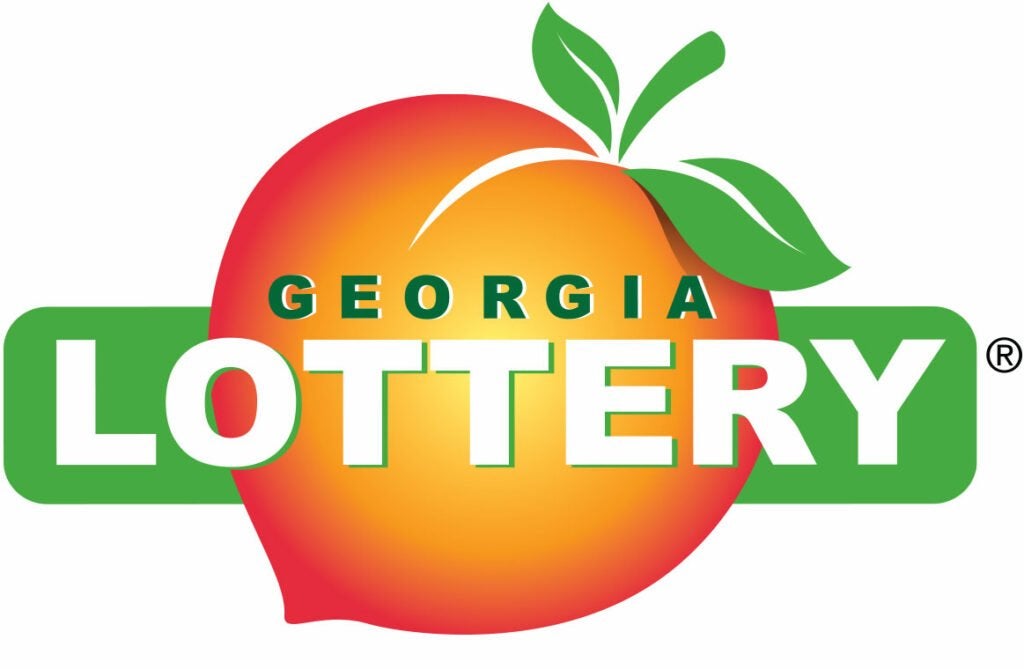“No occupation is so delightful to me as the culture of the earth, and no culture comparable to that of the garden.”
— Thomas Jefferson
The National Weather Service Seasonal forecast for March tells us that we should expect a 40-50% chance of 1-3 degrees above average temps. The last four years average for our area has been 58.4 degrees F. (+/- 5 degrees). They also note that we have a 40-50% chance of below average rainfall, which has averaged 5.9 inches annually over the last four years. So, we should expect slightly warmer and slightly dryer weather than in previous years.
While this information is very important, another measurement is probably even more salient for the spring gardener and is probably far less familiar. That number is the average soil temperature at two and four inches deep. Sixty degrees F. (15.5°C) is a critical temperature for many plants, particularly in terms of seed germination and root growth, due to the physiological processes that occur at this temperature. Most of the seeds of warm- season plants like tomatoes, peppers, and many summer vegetables and flowers require soil temperatures above 60°F for optimal germination. At this temperature, enzymes responsible for breaking down stored food reserves and initiating growth are activated, leading to faster and more uniform germination.
Many cool-season crops, such as lettuce, spinach, and peas, can germinate at temperatures as low as 40-50°F, but 60°F is still a more favorable temperature for their germination. It allows for efficient energy use without the risk of seed dormancy or rotting that can occur at lower temperatures. Additionally, root systems generally develop better in soils that are at least 60°F because of increased biological activity in the soil. Nutrient uptake and microbial interactions are enhanced at temperatures above 60 degrees. Cooler temperatures below 60°F can slow root growth, limiting the plant’s ability to absorb water and nutrients, leading to slower overall plant development.
The easiest way to determine the soil temp is to check it yourself with a metal spike thermometer. While soil temperatures tend to be fairly uniform in a particular area, these can vary somewhat depending on sun, wind and rain exposure. The other guide to soil temps is to check the University of Georgia weather monitoring network. The monitoring station at McCorkle’s Nursery (Dearing) is closest to the Augusta area. Here’s the link.
The “long and short” of all this is that we need to be careful not to rush planting seeds or transplanting those young plants that we started inside or bought at the nursery. Over the last four years the soil temperatures in our area have reached at least 60 degrees by March 15, but you need to check to be sure.
Here’s a list of a few things to check on or get done this month:
If you are into vegetables, mid-March is the time to plant cool season crops like spinach, lettuce, peas, radishes, carrots, broccoli, cabbage, and kale, particularly if you are transplanting small plants. But it’s not too late for seed. Once your soil temperature hits 60 degrees at 2-4 inches deep, you can start planting tomatoes, peppers, squash, beans, and corn later in the month. Starting seeds indoors for plants like eggplant and peppers can give them a head start.
But you took our advice and started them last month, right? Hardy herbs like parsley, cilantro, and chives can go in the ground, while cool-season annuals like pansies, snapdragons, and violas should be ready to add early spring color to your garden and containers.
Perennials, shrubs, and trees are ready to go this month. Plant those perennials: It’s a great time to plant hardy perennials such as coneflowers, daylilies, and hostas. Early spring is ideal for planting new trees and shrubs so they can establish roots before the summer heat.
Finish any late winter pruning tasks, including roses, shrubs and fruit trees. But be careful with these if last month’s warm weather caused them to bud out and survived the mid-February freeze. Cut back dead or damaged branches and shape plants as needed. Add a fresh layer of mulch around perennials and shrubs to conserve moisture and suppress weeds.
Weeds are starting to sprout in March, so be proactive with weeding to prevent them from taking over garden beds. Mine has already started! You should have already done most of your soil prep, but better late than never. Incorporate compost or organic matter into your soil to improve fertility and structure and add any needed fertilizers as indicated by your soil test results.
Make sure your irrigation system is ready for the warmer months ahead. I personally recommend a drip system on a timer. But whatever you use, be it buckets, hoses or a fancy automated system, check it out now, before you actually need it. Water newly planted trees, shrubs, and seeds regularly, but avoid overwatering.
For those who have lawns, most of you will see yours begin to awaken soon. Apply a preemergent herbicide to prevent summer weeds from germinating in your lawn. (NOT so called “weed and feed” products. It’s too early for fertilizer and the fertilizer portion will just go to waste.) This link has a complete review of how to do this.
Once your grass starts growing, begin mowing, but avoid cutting it too short at this stage. This link Is to a very thoughtful article on spring lawn care by our colleague Colbi Turner, who is an administrative assistant in the Lincoln County Extension office.
And lastly, a great link to one of the very best tutorials on seed starting that I have yet seen. This little series from professors at UGA Extension is top notch.
“He who plants a garden, plants happiness.” Old Chinese proverb.











